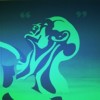Fluid Beauty - Robert Kernodle's Fluid Dynamic Photography
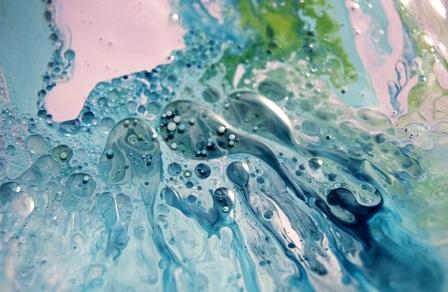
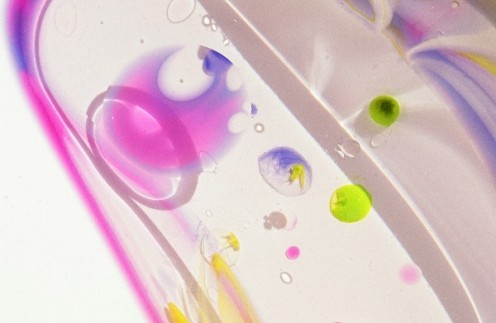
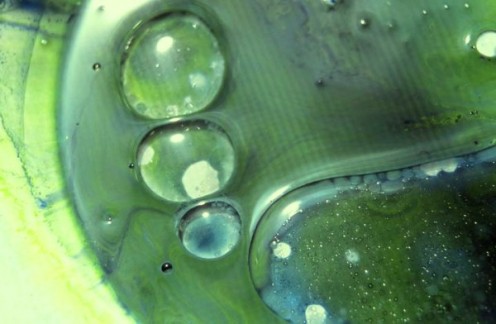
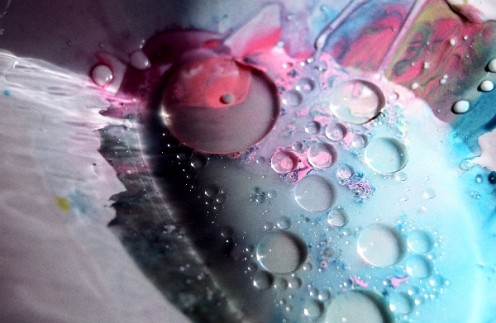
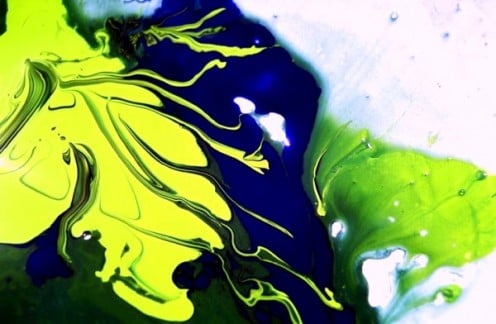
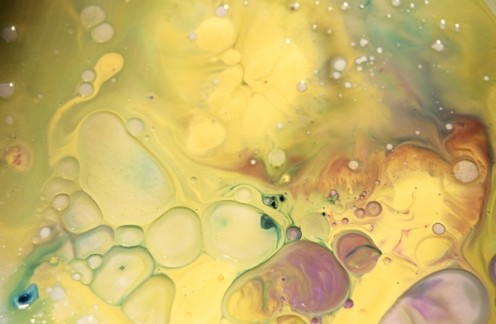
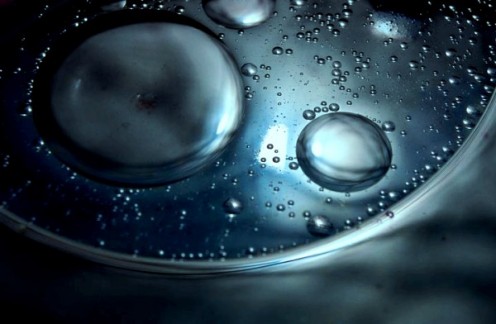
Fluid Beauty
Robert Kernodle
Why is a waterfall so captivating? Why do we find comfort in decorative pools? What is it about calm, natural lakes or wild, trickling streams that call us to contemplate them?
The answer is simple: Water is our ancient mother. Liquid is our primal womb. Fluid, in general, is our infinite, eternal source of existence.
Life Is Liquid
All life, as we know it, originated from the sea. Earth’s surface is nearly 70 % water. The human body is nearly this percentage as well. Water’s chemical formula, H2O, symbolizes the elements, hydrogen and oxygen, first and third most abundant substances in the known universe. Little wonder why most of the world’s religions consider water sacred, and why they revere water as the primary substance in their creation stories.
Humans are, in essence, bags of ocean water on stilts called skeletons – fascinating feats of natural architecture, engineering and design. I am one of those bags of ocean water who has become acutely conscious of his primal origins, and who has used this consciousness to realize a style of image making that resonates with this origin.
Images about water, based in water, dependent on fleeting fluidity that cannot be frozen except as photographic relics and later transformed into lasting, canvas art prints. Some people might classify them as “abstract art”. I classify them as “primal realism”-- images of the ultimate truth, and decorations that connect human beings to a common fluid origin.
Future Painting Commemorates Fluid Reality
Artist, Gregory Macmillan, has asked what a future painting might look like. He has his answer (http://www.id-sphere.com/2009/02/the-disappearing-picture/comment-page-1/#comment-1867). I have mine: It goes by the name, Fluidism. What better quality could a future painting have than to visualize the actual timelessness of the cosmos?, … to incorporate a now old technology (photography) with an even older art substrate (paint) in order to create images that are as fresh with new meaning as they are ancient?
Macmillan suggests that abstract painting is the premier future painting style. I, however, suggest that the world of art and design got this idea, “abstract”, confused from the start.
Formal representation is the true abstraction. The universe of possible forms is originally blurred and fluid, a conflation of everything into one, a grand quantum ocean. Formal shapes arise from primal order, whose complexity most human eyes (at first) assign little meaning. With the advent of chaos theory and complexity science, however, more people are seeing reality for the first time for what it is – flow within flow within flow.
Unintentional color collisions, distressed textures, turbulent patterns, drips, splats, blobs, spontaneous flows and organic curves are the building blocks of all other (abstracted) formal shapes. A human face, in reality, is a mass of fluid somehow shaped into rhythmic compartments specifically tuned to the eye’s capability to recognize a face. Formal faces actually are abstractions of sensory organs whose expressive limits arise from the limits of a human life in an endless cosmic stream that has always been.
Blobs and drips are the fundamental realism from which objects agglomerate and abstract into common names, with common meanings. Postmodernists were in denial, when they spewed forth proclamations about cultural narratives with no common thread. Our common thread is fluid, liquid, malleable to the max, but still containable and capable of being orchestrated in a shared society.
We are beings of the sea. We, thus, resonate with water, with water shapes, with water visions and water themes.
Liquid is the universal language of the human eye. The eye itself is largely liquid, so how could things be otherwise? We see ourselves in every liquid drop. We see our superficial reflection in mirror-like wet surfaces, but we also sense our place of origin in greater depths of consciousness.
Is Fluidism Really Painting?
To call my fluidism painting, though? How can I justify this? It IS painting initially (in the active sense) – a real, fluid substrate whose ephemeral, dynamic designs cannot be captured in their own substance (as lasting art objects). A camera, then, helps me paint these designs on film. Modern printing techniques further paint them on canvases. The original “painting” (here a verb) unavoidably is lost forever in the dissipative dynamics of fluid flow.
A longer lasting impression of a liquid’s peak performance is captured photographically for posterity. Future viewers of this impression might resonate with revelations about their own essence. My images paint retinas, which paint brain impulses, which paint visions on canvases of consciousness that philosophers and physicists will never locate for sure.
Where exactly does any original painting ultimately exist? I believe ultimately that an original painting never exists. Paint-ING is a motion, again the action of a verb. Picasso said when you finish a painting you kill it. When I photograph a painting that the laws of nature forbid being finished, I reveal its soul or, at least, the illusion of its soul, which somehow brings Platonic comfort to the mortal condition.
